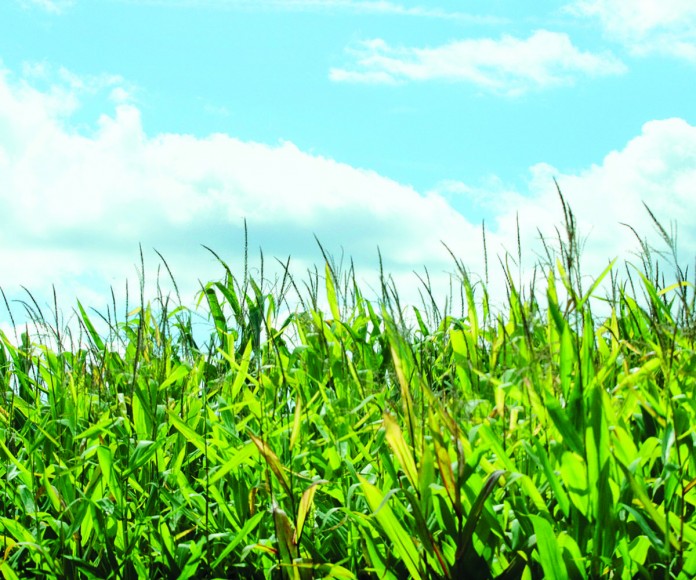DES MOINES, Iowa — Corn growers know the satisfaction of seeing newly emerged, uniform rows of green corn plants set against the backdrop of dark, rich soils.
By contrast, it can be painful to see an uneven stand from the truck window when driving past a field. The cause of an uneven stand could be excess crop residue in the planter row.
“Corn residue will delay and outright interrupt plant establishment, and suppress the resulting plant population,” says Andy Heggenstaller, DuPont Pioneer agronomy research manager.
“Corn residue is always a management issue, and high-yield production systems increase residue levels.”
Challenge
Stand establishment is more of a challenge for corn than it is for soybeans, because corn is typically planted earlier, into cooler and wetter soils.
Also, soybeans can accommodate reduced emergence by adding additional pods to make up for yield that could be lost from lower plant populations. That’s why hitting optimum corn plant population levels is so important.
Key
Heggenstaller says the key is in-row residue management.
“Residue not moved out of the row has several negative impacts: preventing the planter from putting the seed in the ground, and interfering with plant emergence,” says Heggenstaller.
“Residue is also a repository for bacteria, disease and insects that overwinter in stover.”
Another consideration is nitrogen availability to the plants. As corn residues break down, N becomes less available in the soil — a temporary situation called nitrogen immobilization, or tie-up — reducing the amount of available N during a critical time in the growing season.
Eventually, the immobilized N is released back into the soil, but often later than when it is needed most by the corn crop.
“As soil warms up, bacteria in the soil begin to consume crop residues from the previous year,” Heggenstaller says.
“These bacteria require nitrogen to grow and live and break stover down. Bacteria only release nitrogen into the soil as they die off. Research shows that the longer you grow continuous corn, the bigger the nitrogen problem becomes, because stover builds up over time and takes longer to break down, requiring more nitrogen-consuming bacteria.”
Deficit problems
An N deficit has the greatest potential for impact during the period between V8 and silking. This is when corn takes up the most N, and when residue really begins to break down quickly in the soil.
Growers have three opportunities to manage crop residues:
- At or after harvest with a chopping header or stalk chopper. Growers should size residue immediately so it begins to break down as soon as possible. Stover harvest is also an option for managing corn residues in the fall.
- During tillage in fall or spring. Tillage practices mix residue with soil, which allows the bacteria to go to work faster.
- At planting, when planter attachments should be used to move residue away from the planter row. This allows the soil to warm and dry, and the crop to emerge more rapidly and more uniformly.
- Growers should also consider emergence during hybrid selection.










